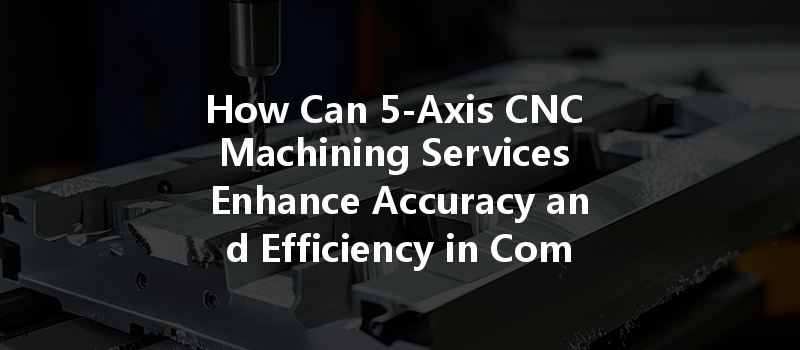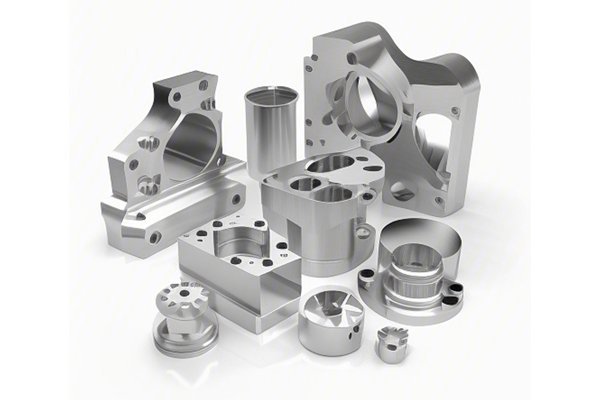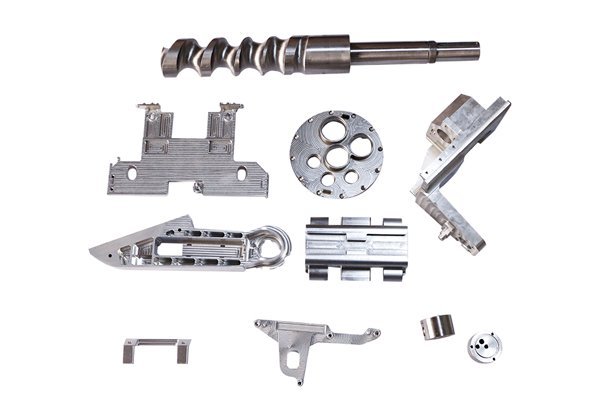Did you know that nearly 80% of manufacturers reported an increase in demand for complex geometries in their CNC machined parts? As technology progresses, industries such as aerospace, automotive, and medical devices require intricate and precise components that traditional 3-axis machining can’t efficiently produce. This is where 5-axis CNC machining services come into play, revolutionizing how complex parts are manufactured.
But what exactly is 5-axis CNC machining, and how does it enhance accuracy and efficiency in complex part production? In this comprehensive blog, we’ll uncover the key benefits, processes, and solutions offered by 5-axis machining services. Whether you’re a seasoned engineer, a manufacturing manager, or simply curious about advanced machining technologies, stay tuned as we dive deep into the world of 5-axis CNC machining.
Understanding 5-Axis CNC Machining
Before we examine the advantages of 5-axis CNC machining, let’s clarify what it entails. A 5-axis CNC machine operates on five different axes, enabling simultaneous movements of the tool head and the workpiece. This is a significant upgrade from the 3-axis machines that only allow movements along the X, Y, and Z axes.
With 5-axis capabilities, machinists can achieve complex angles, intricate shapes, and superior accuracy. This versatility reduces the need for multiple setups and allows for faster production times, minimizing the risk of errors and improving surface finishes.
Advantages of 5-Axis CNC Machining
5-axis CNC machining ensures higher precision due to its ability to approach components from multiple angles with a single setup. Traditional machining often requires multiple setups, leading to misalignment and discrepancies. With simultaneous movement, the likelihood of errors is drastically decreased.
The efficiency of production processes is boosted significantly when using 5-axis machines. Reduced setup times mean components can be machined quicker, allowing for faster lead times. This efficiency translates to increased output and lower costs per unit.
Designers and engineers can explore more complex geometries thanks to the capabilities of 5-axis machining. This allows for more innovative product designs that were previously impossible or would have been incredibly costly to manufacture.
5-axis CNC machines can operate with optimal cutting angles and speeds, leading to reduced wear on tools. This results in longer tool life and less frequent tool changes, ultimately contributing to lower overall production costs.
5-axis CNC machining can handle a variety of materials, including metals, plastics, and composites. This adaptability makes it an excellent choice for industries with diverse material needs.
The 5-Axis Process
To fully understand how 5-axis CNC machining enhances accuracy and efficiency, it’s essential to break down the typical process:
The process begins with designing the component using advanced CAD software. Engineers create precise 3D models considering all required specifications, ensuring a clear roadmap for the machining process.
The workpiece is set up on the CNC machine and calibrated. This setup includes securing the part and programming the machine with the desired tool paths to initiate the cutting process.

Once the machine is programmed, it begins the machining process. The simultaneous movement of the tool head across five axes allows for the production of intricate designs in a single pass. This eliminates the need for re-indexing or repositioning the workpiece, drastically reducing downtime.
After machining, the produced parts undergo rigorous quality control tests to ensure they meet specified tolerances and surface finishes. This may involve utilizing advanced measurement tools to verify dimensions and specifications.
Finally, any necessary post-processing steps, such as polishing, heat treatments, or surface coatings, are applied to enhance the functionality and aesthetic appeal of the components.
Case Studies: Real-World Applications
Aerospace Components
The aerospace industry demands the highest levels of precision and reliability. Companies using 5-axis machining for engine components, airframes, and brackets report significant improvements in part performance and reduced lead times. For example, a major aerospace manufacturer was able to decrease its machining time by 50%, allowing them to meet tight production schedules and reduce costs.
Medical Devices
In the medical field, 5-axis CNC machining is revolutionizing the production of surgical instruments and implants. The ability to create complex geometries results in better-fitting devices that enhance patient outcomes. One prominent orthopedic device manufacturer adopted 5-axis machining, resulting in a 30% decrease in production time while improving the quality of their implants.
Automotive Parts
5-axis CNC machining is employed in producing complex automotive components like engine housings, brackets, and transmission parts. A leading automotive company reported cutting its part production time by 40% while achieving tighter tolerances, which directly contributes to improved vehicle performance.
Addressing Common Challenges
Despite its numerous advantages, implementing 5-axis CNC machining can present challenges. Here are some common hurdles and their solutions:
The complexity of 5-axis programming requires skilled operators who understand multi-axis machining. Investing in comprehensive training and certification programs can bridge this gap.
The upfront cost of 5-axis machines can be daunting. However, businesses can see a significant return on investment through increased efficiency, reduced labor costs, and higher quality outputs over time.
Regular maintenance is crucial for the longevity and performance of CNC machines. Establishing a proactive maintenance schedule can prevent costly downtimes and repairs.
In the ever-evolving landscape of manufacturing, the switching to 5-axis CNC machining is not merely an option; it is becoming essential for companies aiming to improve accuracy and efficiency while producing complex parts. As we’ve explored throughout this blog, the precision, efficiency, flexibility, and potential cost reductions offered by 5-axis CNC machining make it a powerful tool for any forward-thinking manufacturer.
By adopting advanced techniques like 5-axis machining, businesses can stay ahead of the curve, meet industry demands, and push the boundaries of what is possible in part production today. The increasing reliance on complex geometries across various sectors further underscores the importance of considering 5-axis CNC machining for future projects.
As we wrap up this comprehensive exploration, it’s crucial to reflect on the impact of adopting new technologies in manufacturing. Your investment in 5-axis CNC machining could lead to higher quality products, faster turnaround times, and ultimately a more competitive position in the marketplace. Remember, in a world that values innovation and efficiency, staying informed and updated with the latest advancements is key to success.






